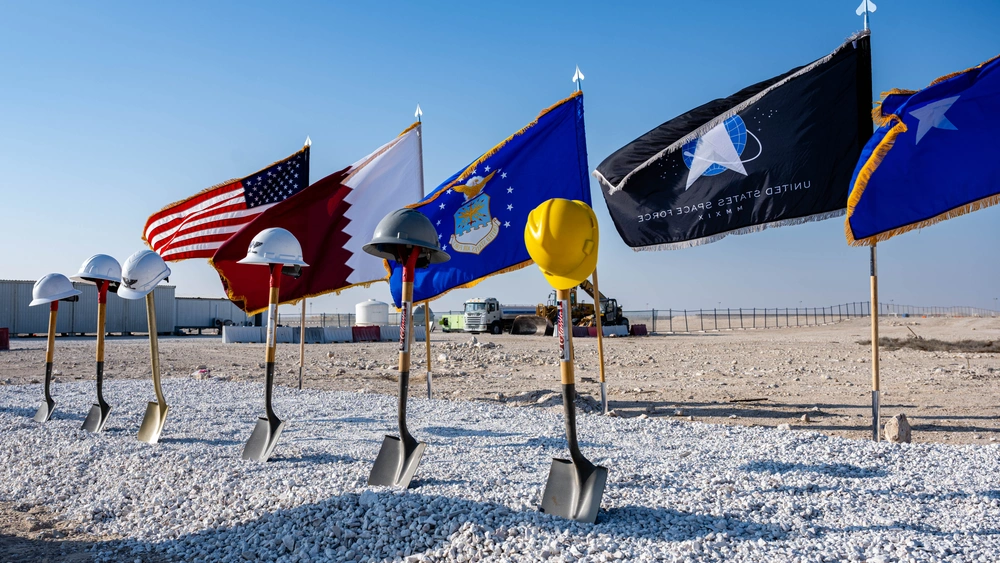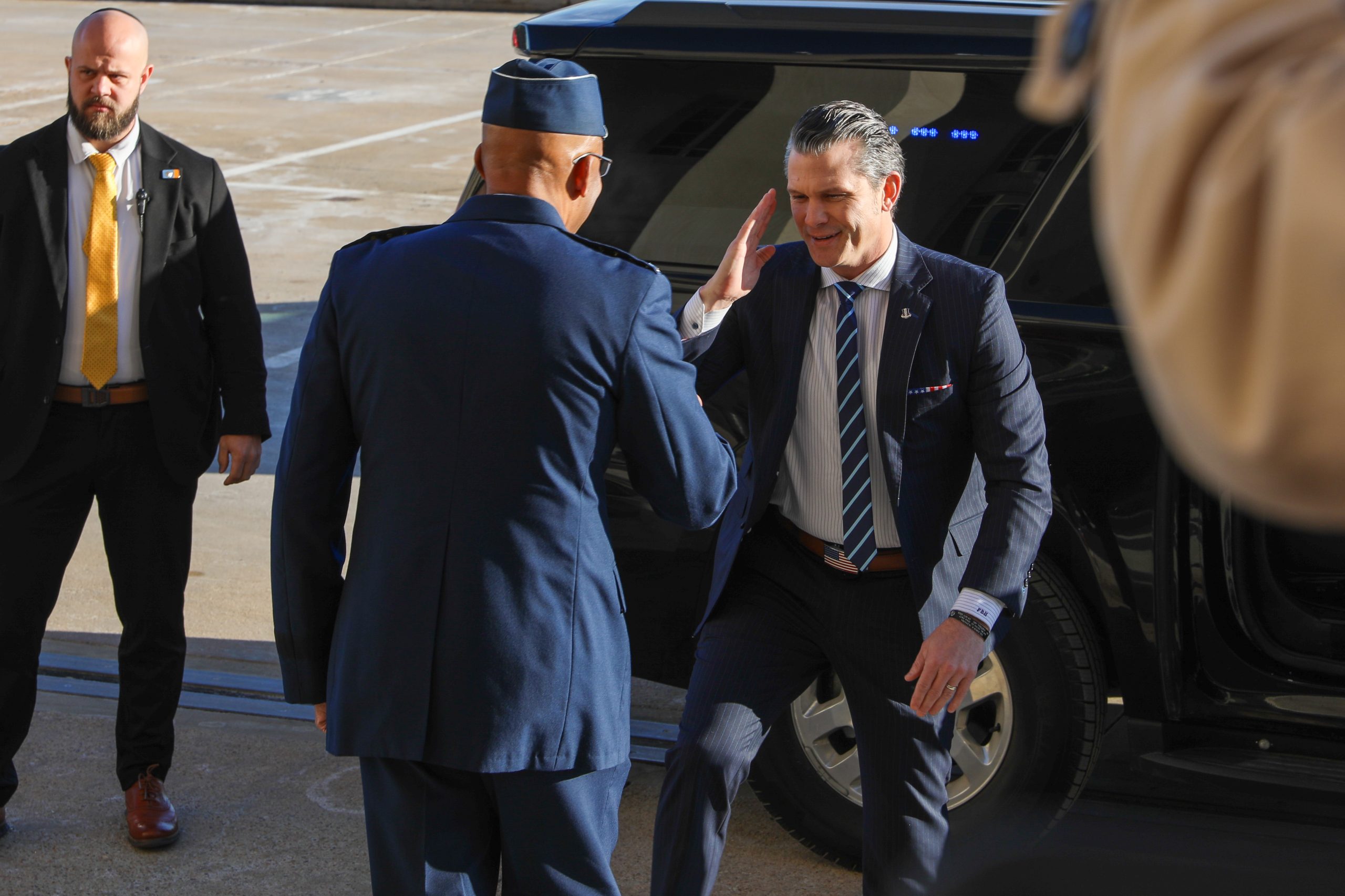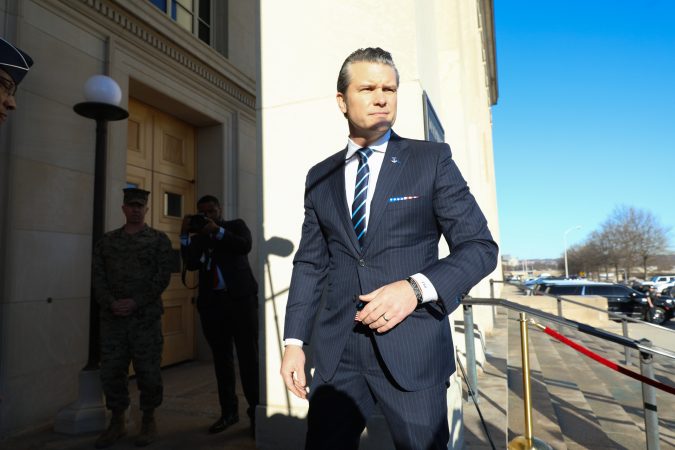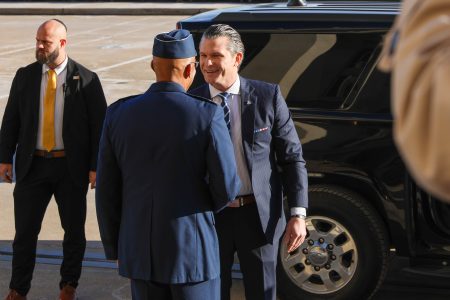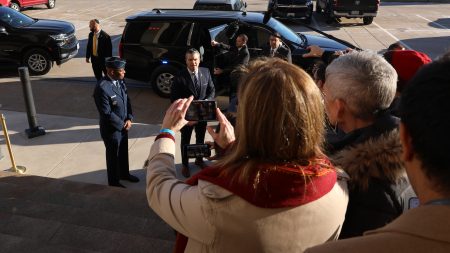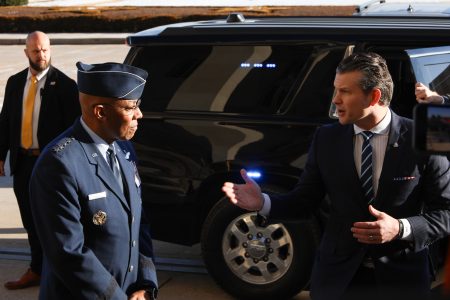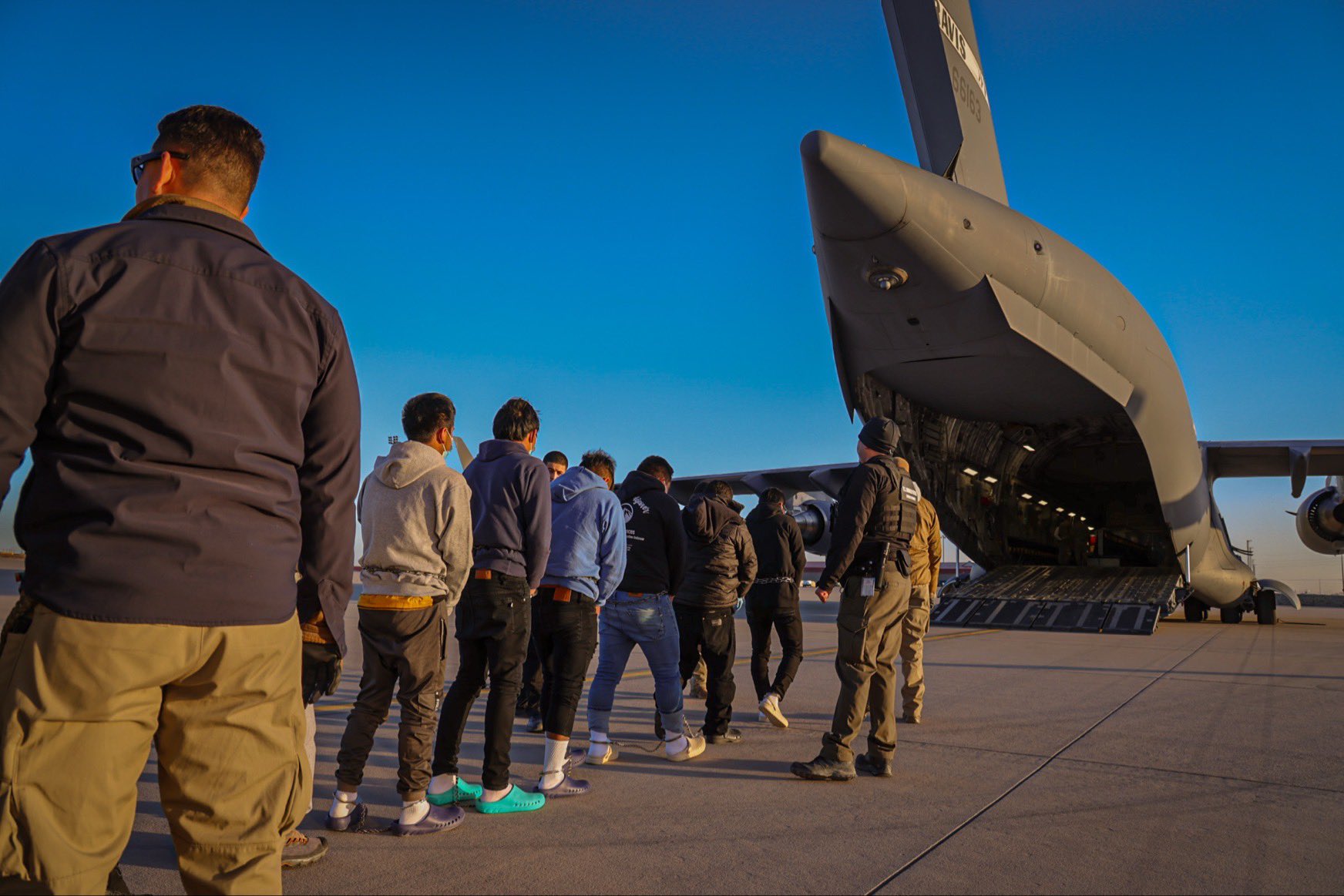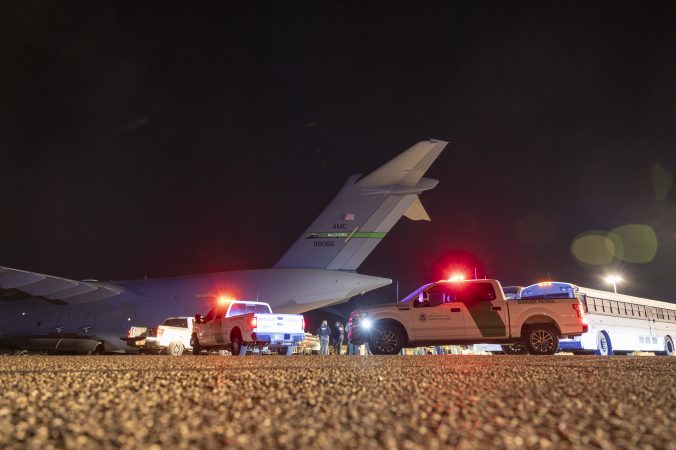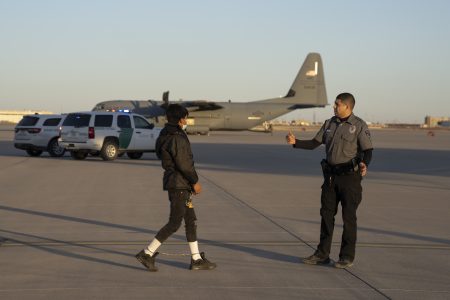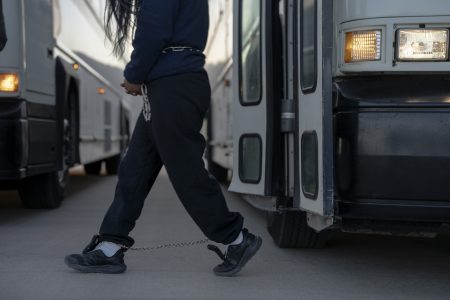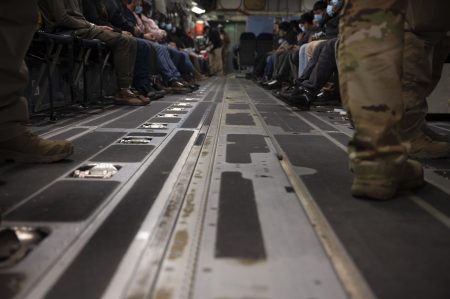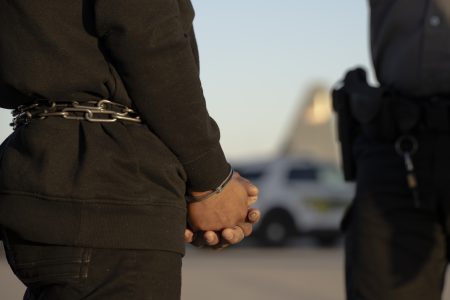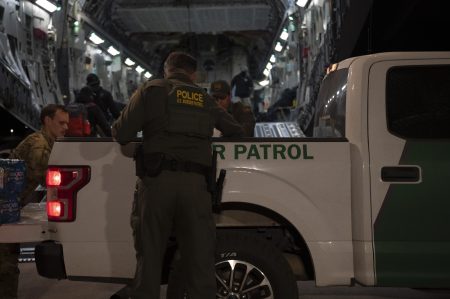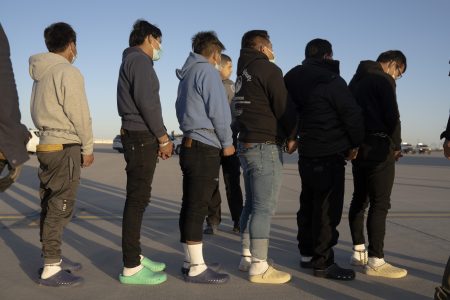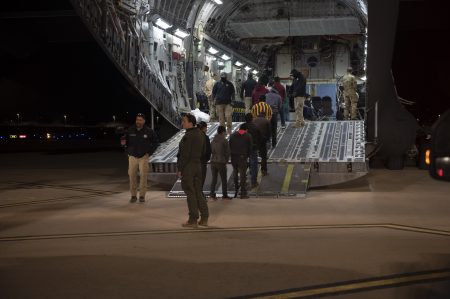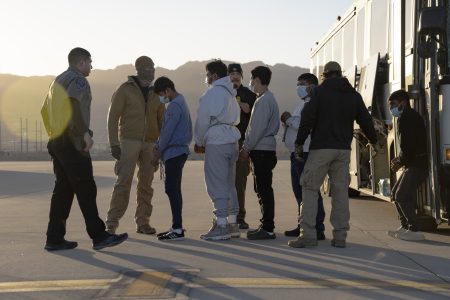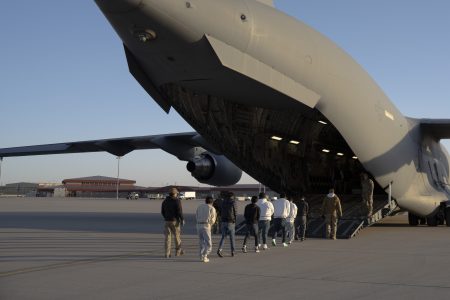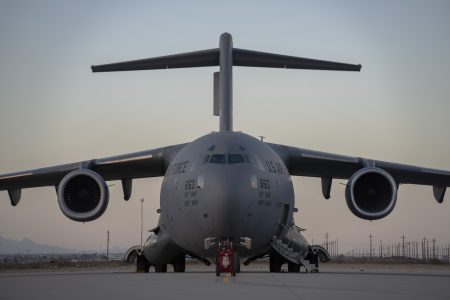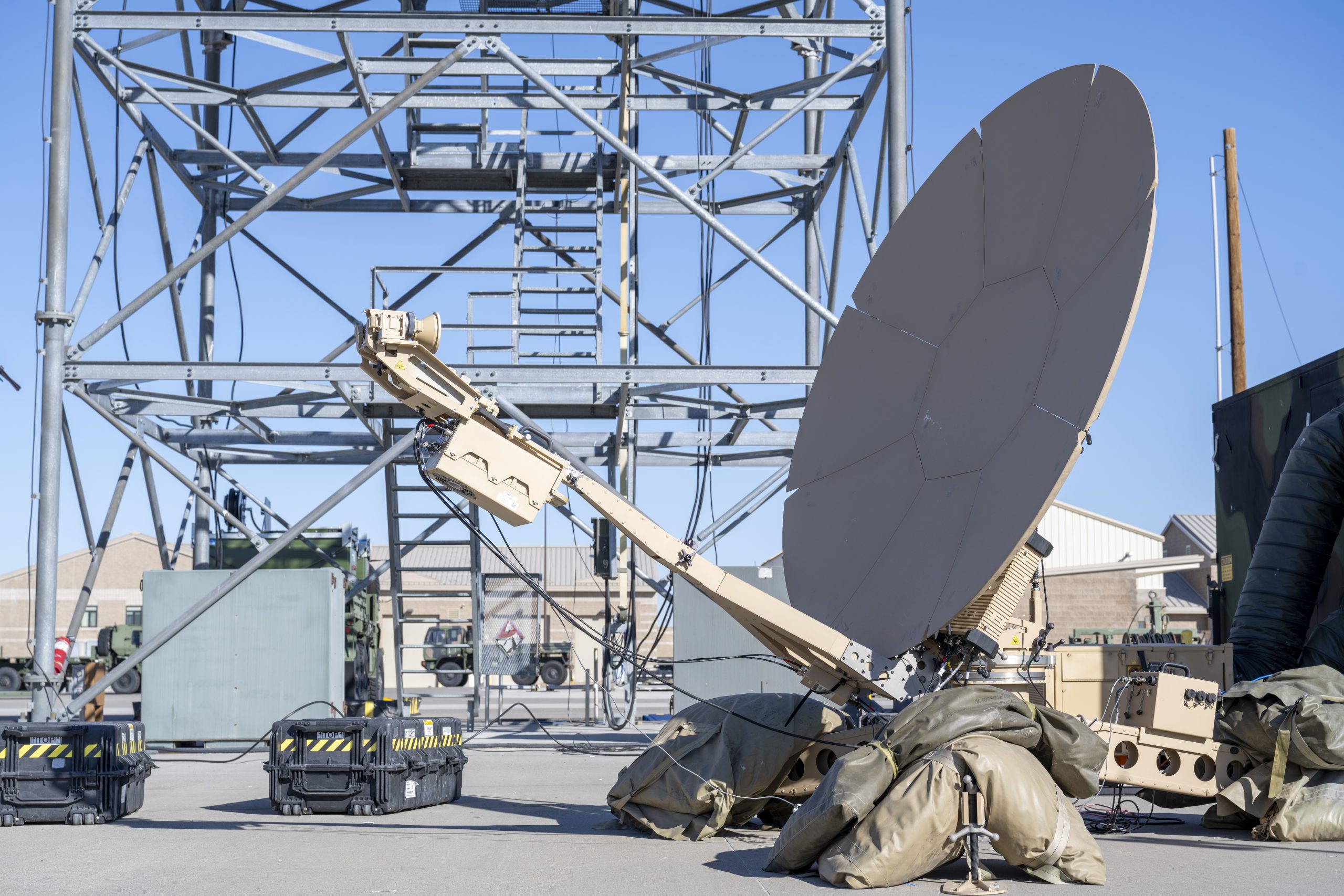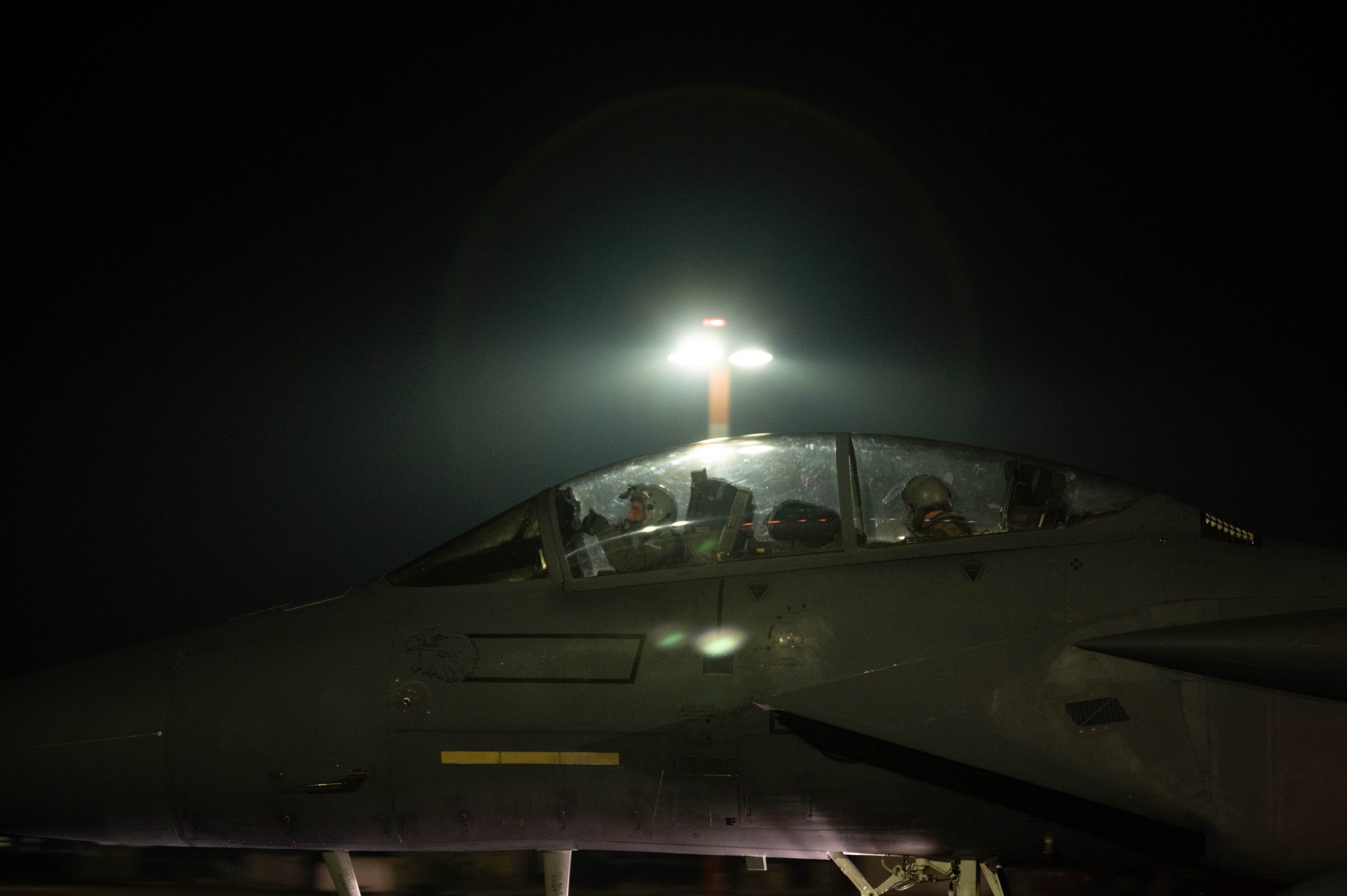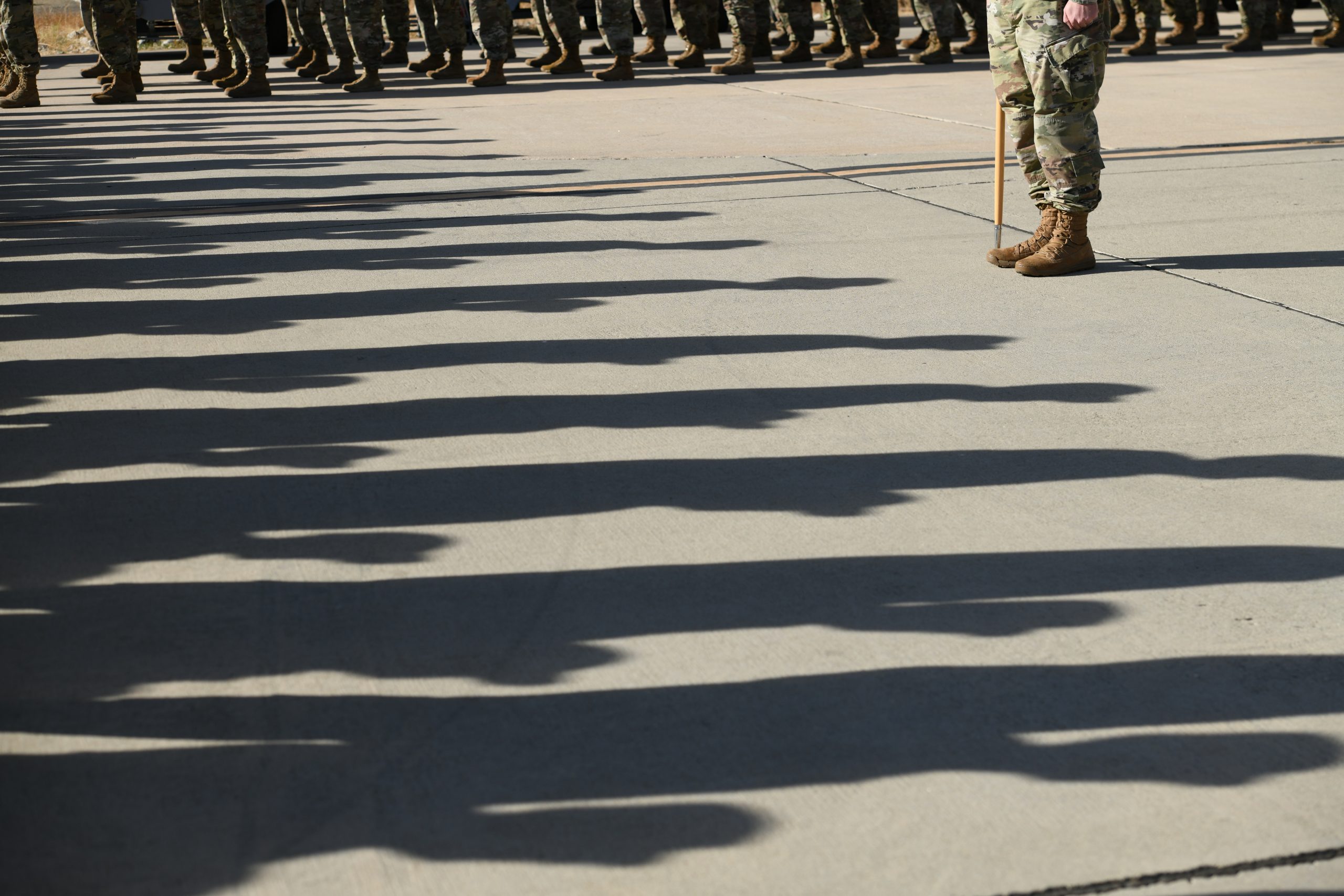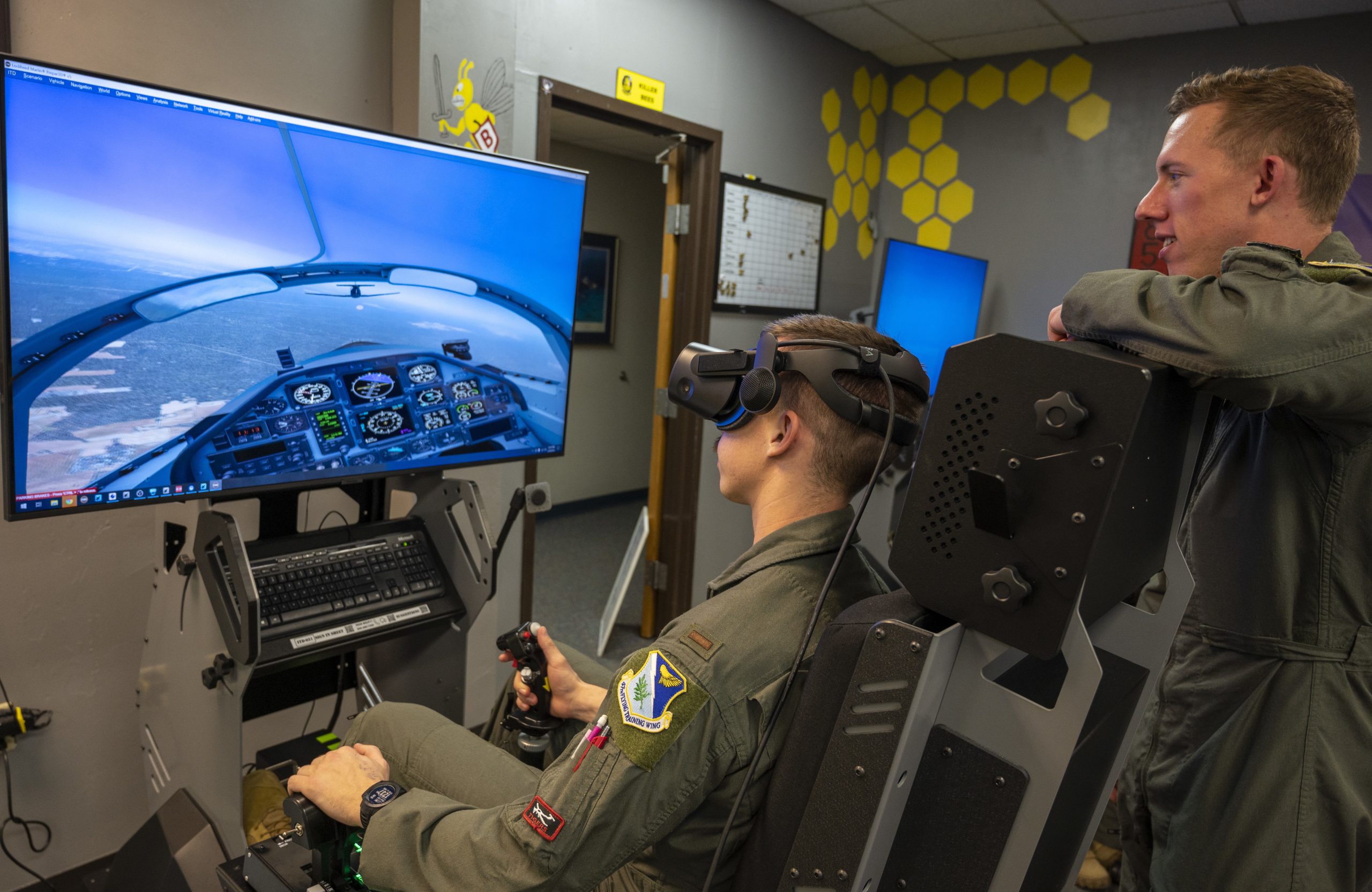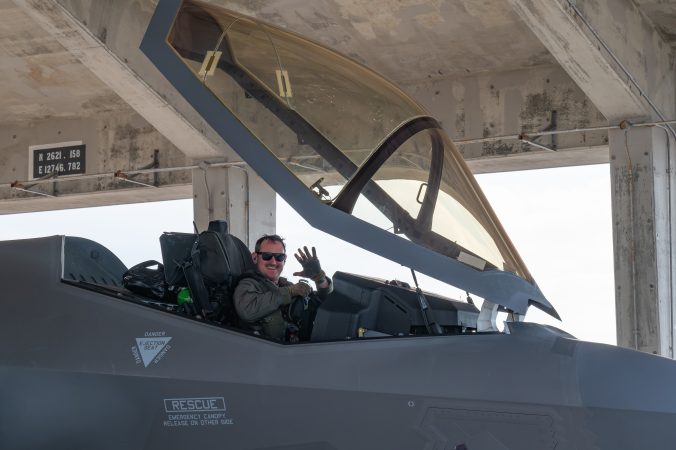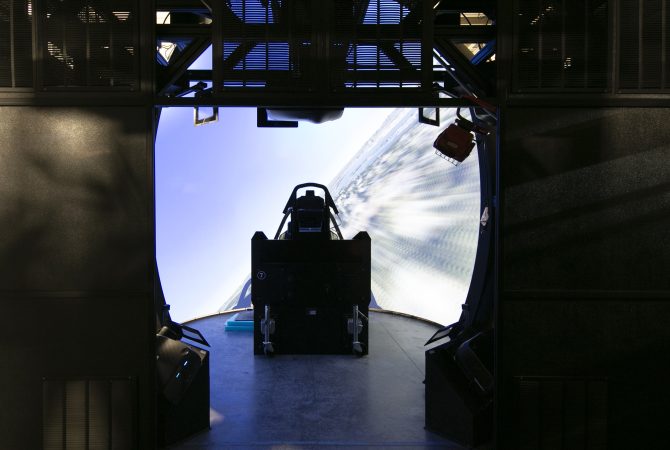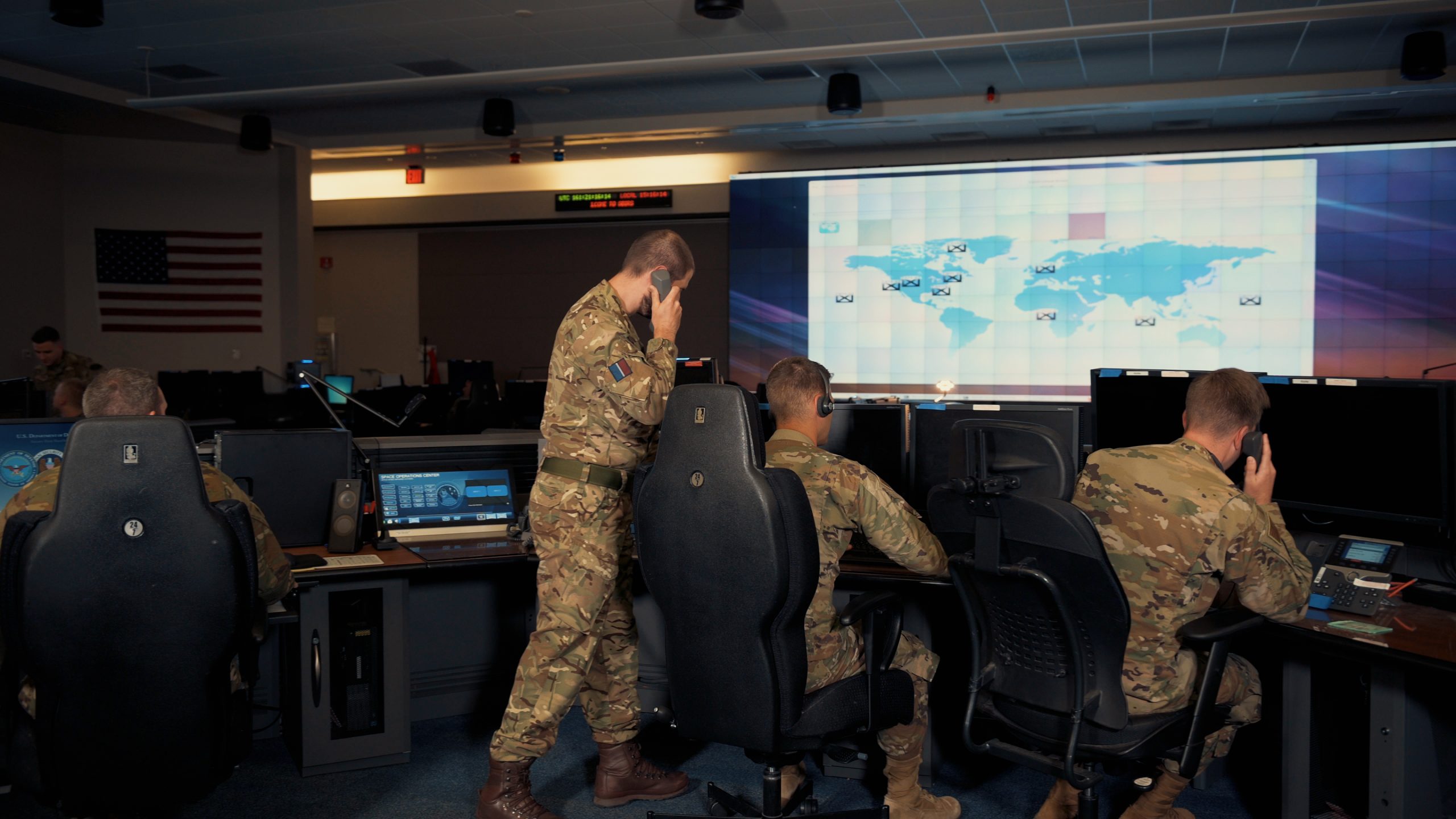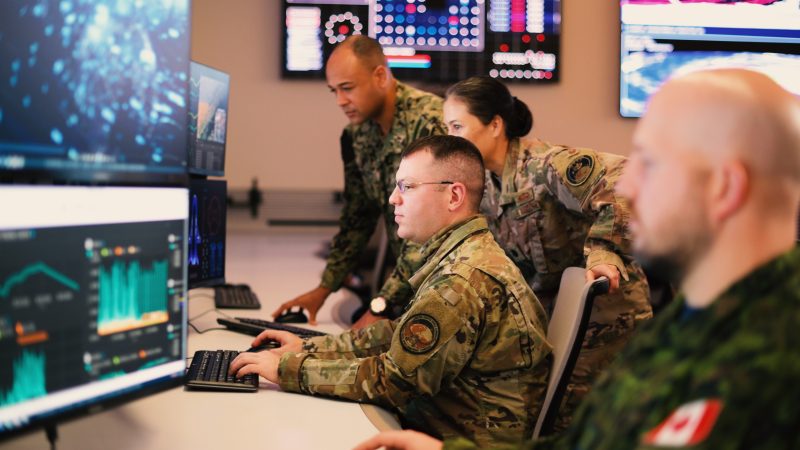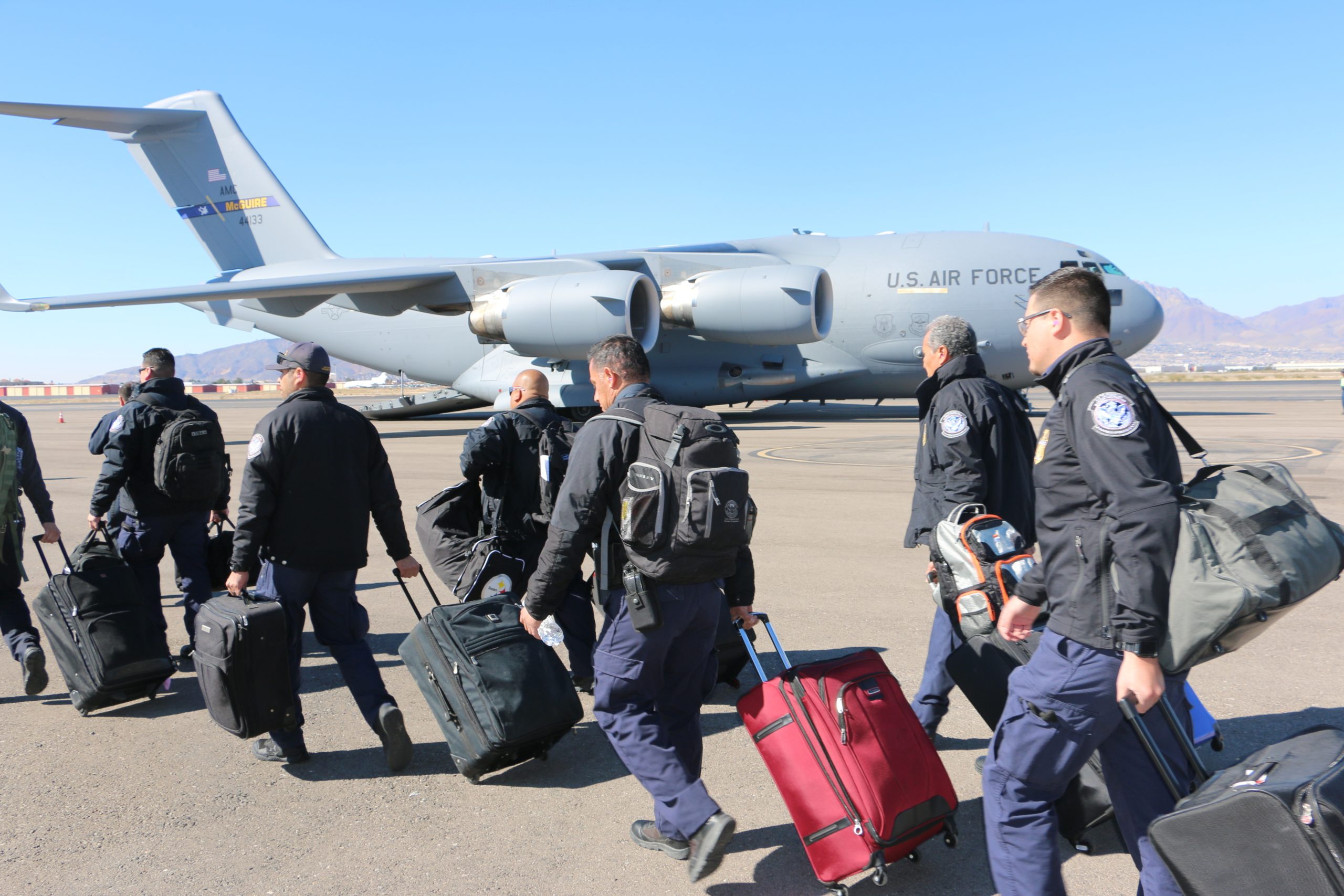The Space Force broke ground on a new ‘Space Campus’ at Al Udeid Air Base, Qatar, on Jan. 14—a move officials say will boost space operations and capabilities in the Middle East.
“This complex will soon become a beacon for the vital space systems and operations that underpin U.S. CENTCOM’s mission of promoting stability, security, and partnership across the region,” Col. Frank Brooks, deputy commander of Space Forces Central, said according to a Jan. 24 press release.
Space Forces Central (SPACECENT) stood up in 2022 as the service component to U.S. Central Command. Commander Col. Christopher Putman told Air & Space Forces Magazine at the time that the new organization would better integrate space capabilities such as missile warning with the rest of the joint services operating in CENTCOM.
At first, the component had only around 30 Guardians deployed to Al Udeid. In recent months, however, SPACECENT has grown.
In March, it activated Combat Detachment 3-1, which provides command and control for SPACECENT teams that in turn provide missile warning detection, space-based communications, and GPS, according to a press release at the time. Guardians there have already made a difference warning of missile launches aimed at U.S. troops and ships in the Red Sea, Stars and Stripes reported last year.
In June, the Space Force took official ownership of the Army’s Joint Tactical Ground Station missile warning systems, which provides real-time missile warning infrared tracking to forward-deployed areas. Al Udeid is one of the bases where JTAGS units are located.
By July, the Space Force was reporting more than 60 Guardians deployed in the Middle East. To this point, though, many Guardians at Al Udeid have been working out of spartan facilities.
The new facility at Al Udeid will be “state-of-the-art,” the Space Force release states, and comes amid a spate of construction projects in recent years—in 2023, officials said they had completed 38 projects worth $1.4 billion as part of a 2040 Strategic Master Plan. And in early 2024, the Pentagon and Qatar agreed to extend the U.S.’s presence there for 10 years.
“It will stand as a testament to our shared vision for a safer, more secure world,” Brooks said in the release.
